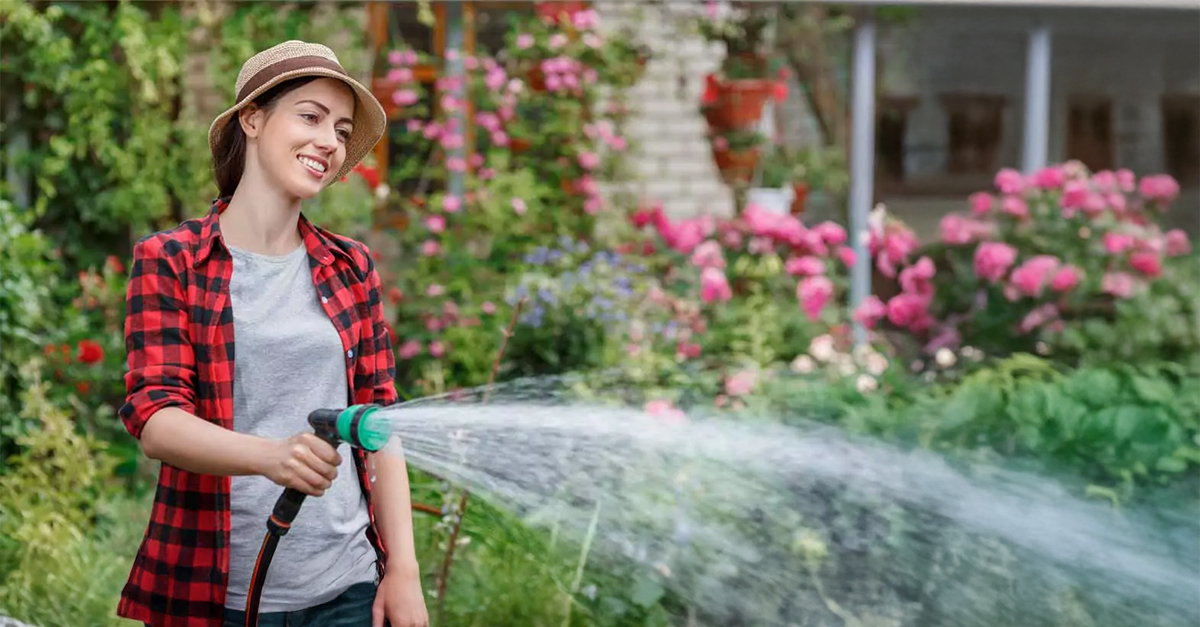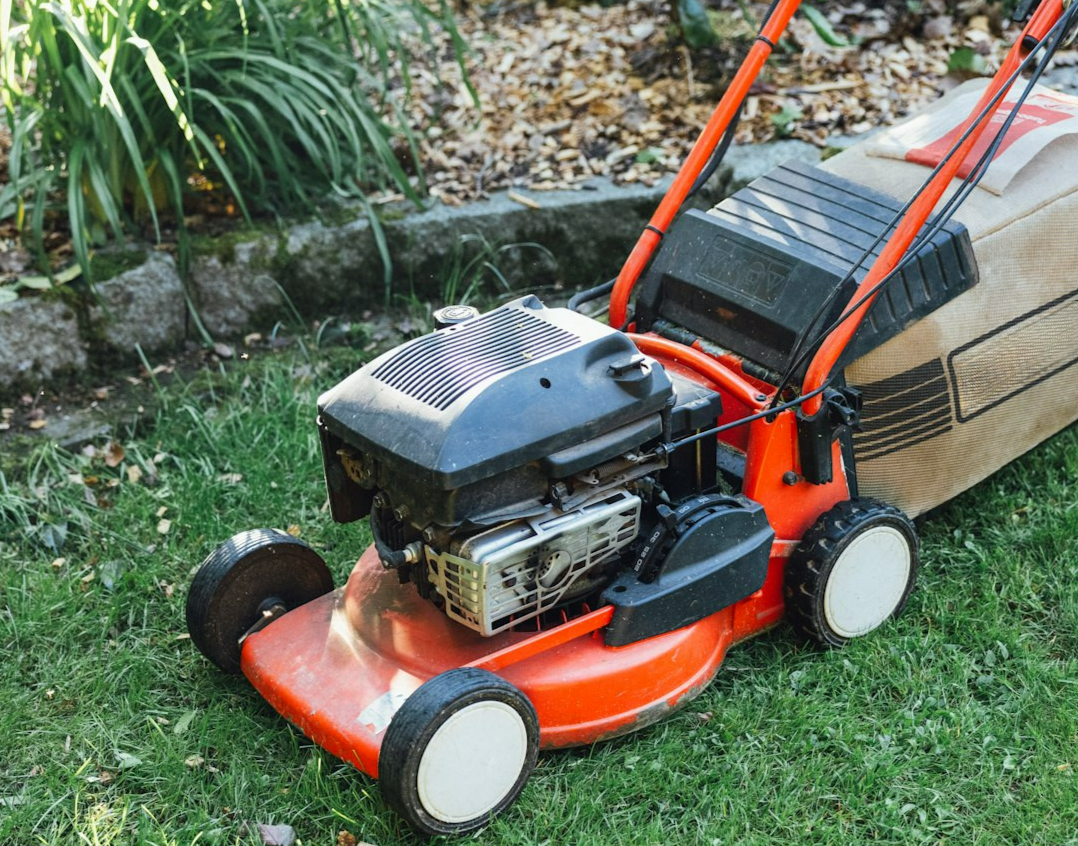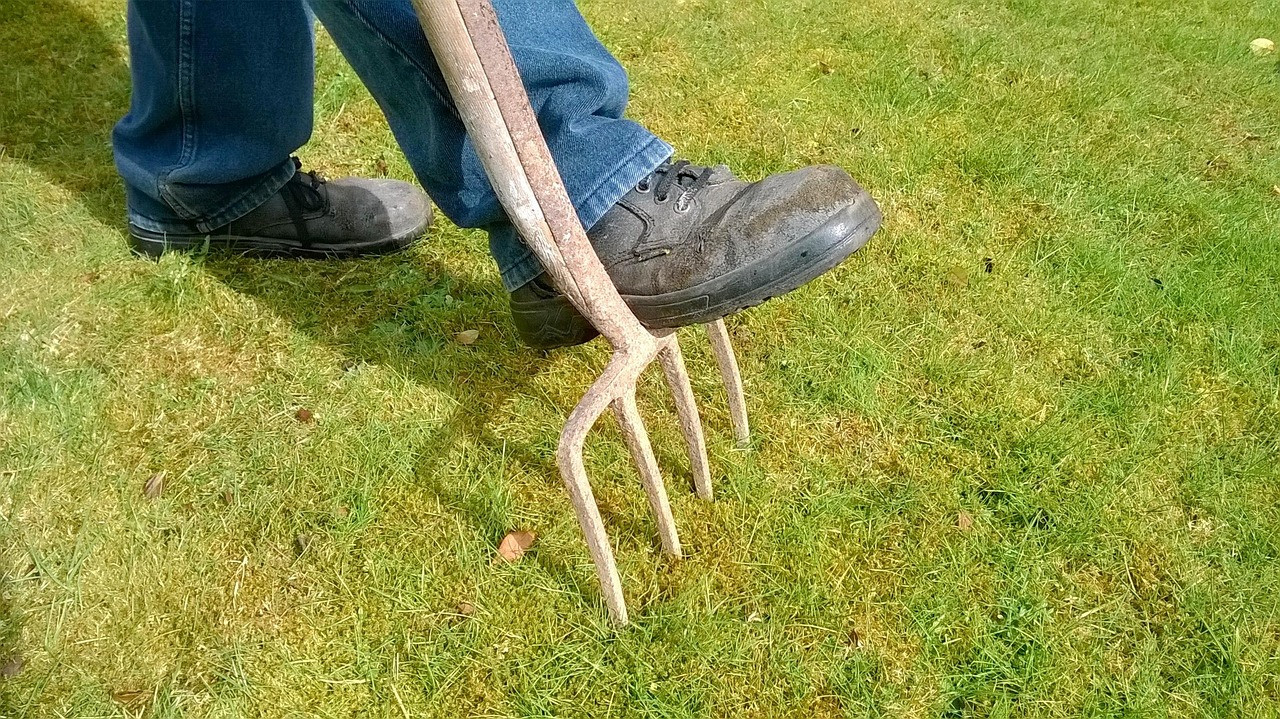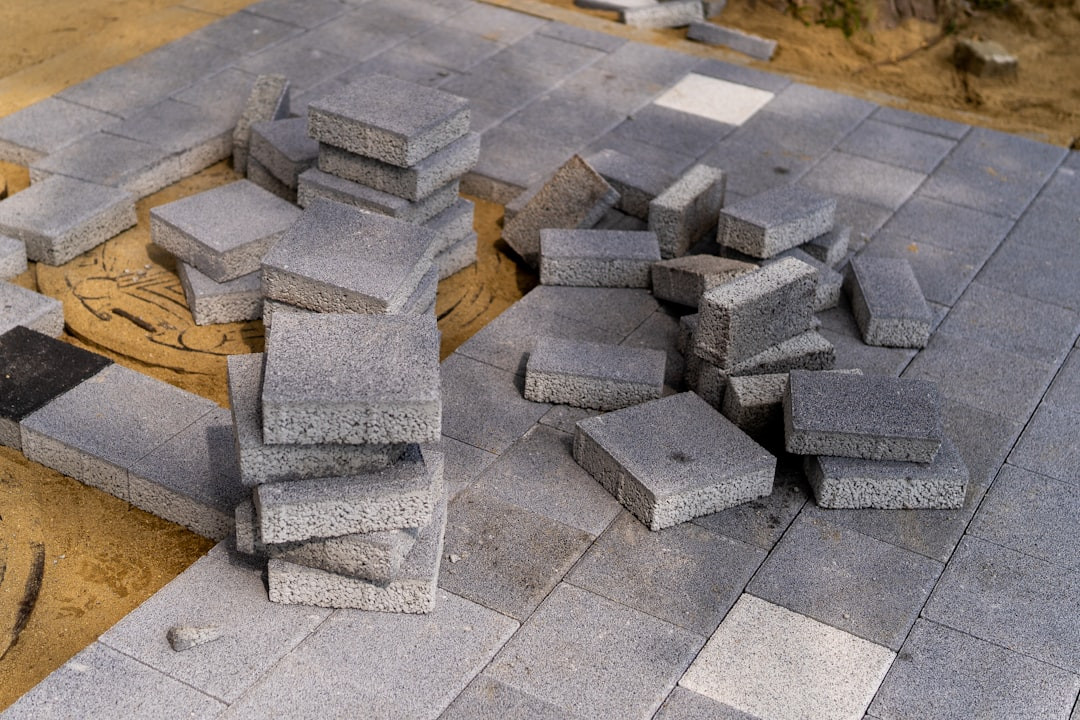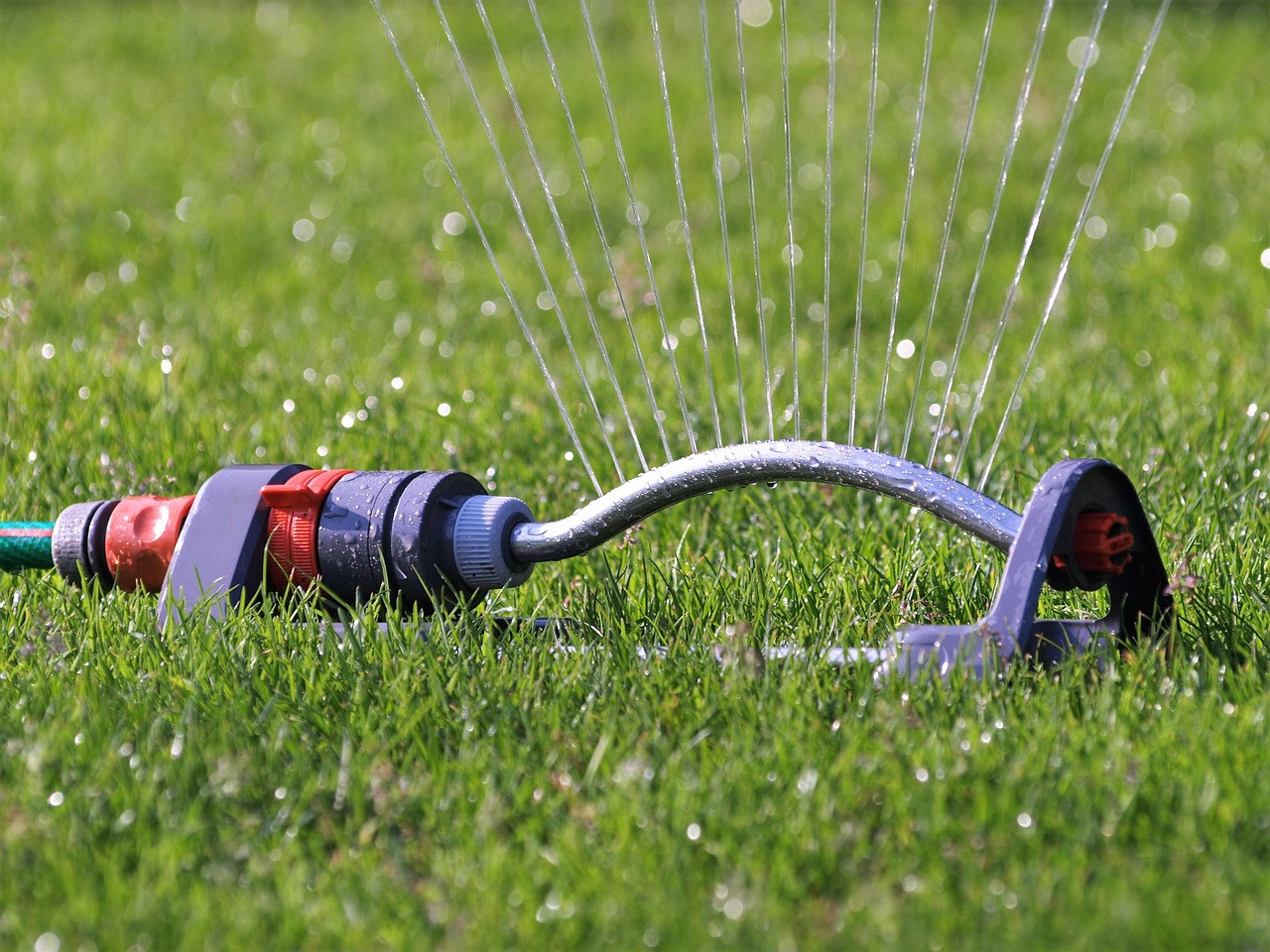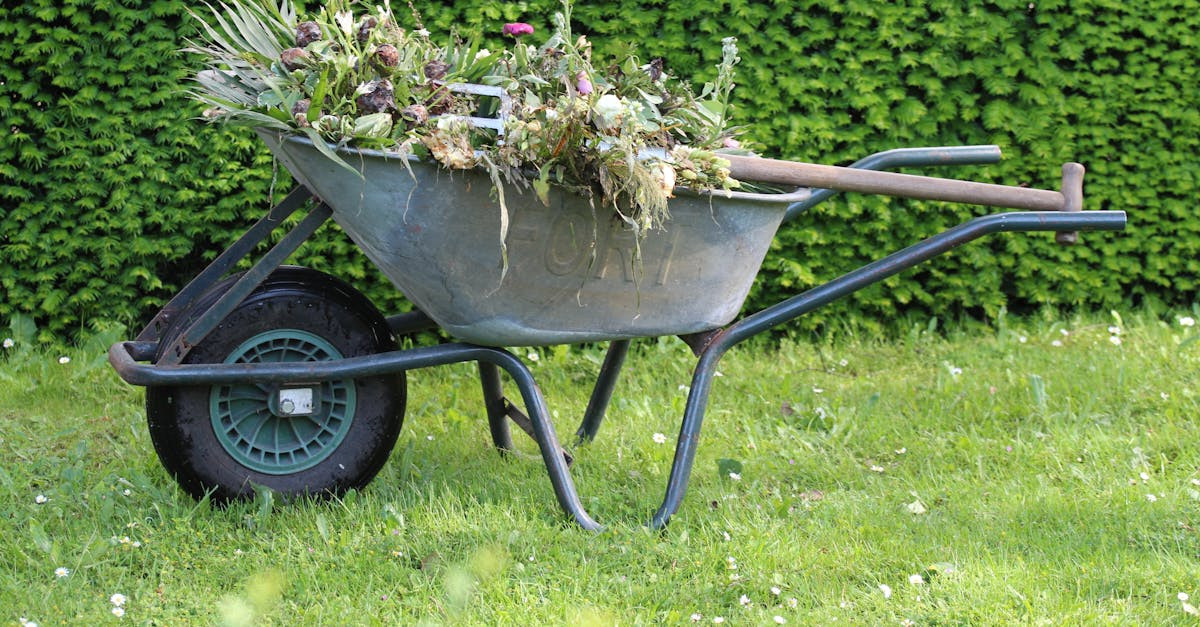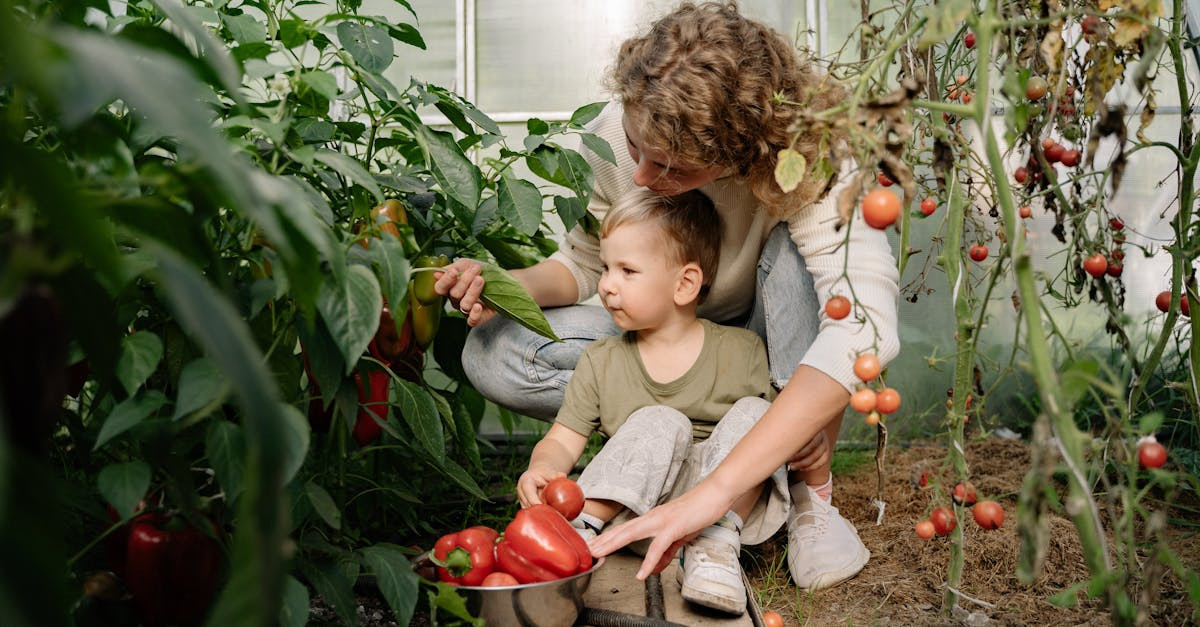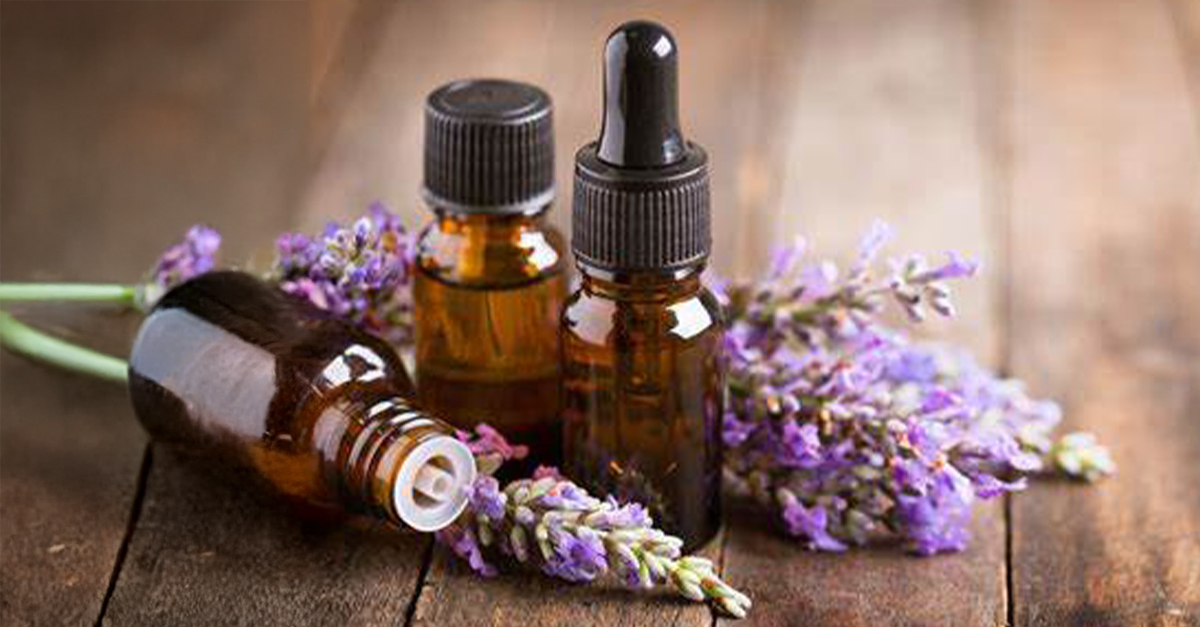Water is one of our most precious resources. As water rates keep going up, your plants, shrubs and lawn don’t stop needing it. We run down a list of 20 tips to keep your garden healthy and watered while keeping your water bill under control.
Start With The Right Plants
Choosing native and drought-tolerant plants is one of the simplest ways to cut down on your water use. These plants are naturally adapted to the local climate conditions, requiring less irrigation and maintenance. Once established, they thrive with minimal water, keeping your yard beautiful while conserving water in the process.
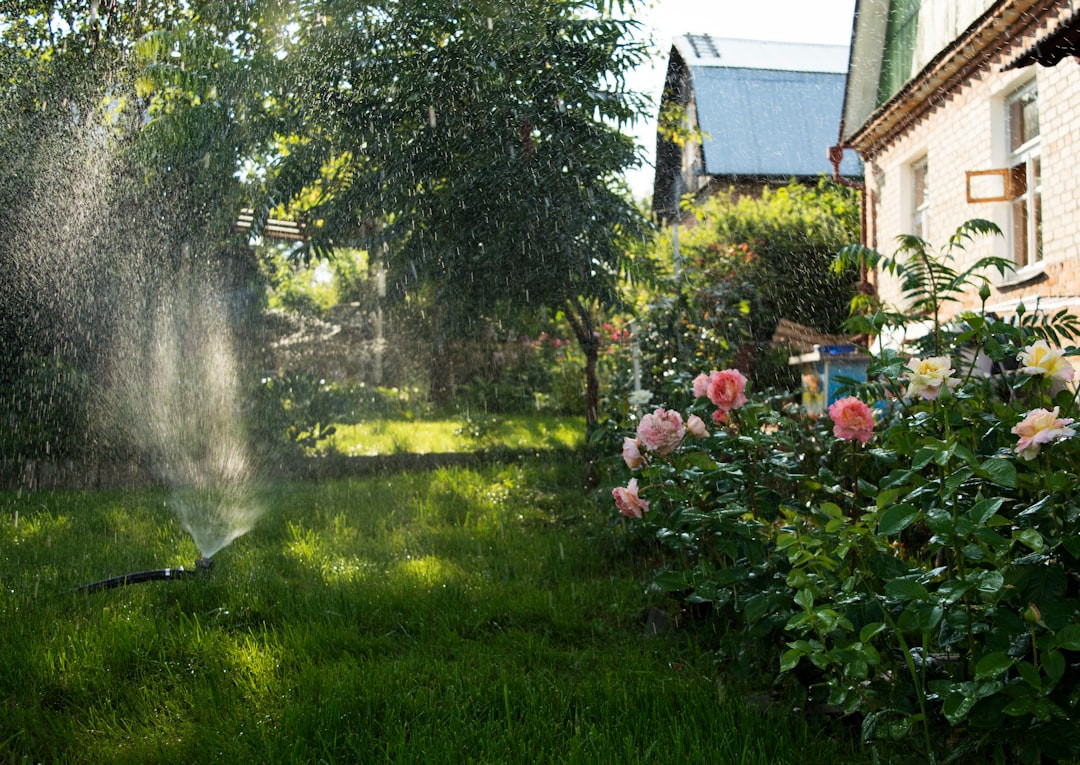 Anastasia Kasarskaya, Unsplash
Anastasia Kasarskaya, Unsplash
Use Mulch To Retain Moisture
Applying a layer of mulch around plants, trees, and shrubs helps keep soil moist by reducing evaporation. Organic mulches like wood chips or bark also keep the weeds down and improve soil health over time. A few inches of mulch can make a noticeable difference in how often you need to water.
Water Early Or Late
Watering your yard during the early morning or late evening helps minimize evaporation. During these cooler times of day, water has a better chance to soak into the soil and reach plant roots, reducing waste and promoting healthier growth.
Adjust Your Mower Height
Set your mower blades higher to keep grass longer. Taller grass shades the soil, reducing evaporation and encouraging deeper root systems. This simple adjustment can help your lawn stay greener with less frequent watering, even during dry spells.
Install Drip Irrigation Systems
Drip irrigation delivers water directly to plant roots, minimizing evaporation and runoff. These systems are highly efficient, allowing you to target specific areas while using less water overall. Many drip systems can be customized for flower beds, vegetable gardens, and shrubs.
Collect Rainwater
Using rain barrels or other rainwater harvesting systems is a free and eco-friendly water source for your yard. Collected rainwater can be used for watering plants, reducing reliance on municipal water supplies and lowering your water bill.
Group Plants With Similar Needs
Lay out your yard so plants with similar water requirements are grouped together. This approach, known as hydrozoning, lets you set your watering schedule for each area so that no plants are over- or under-watered.
Aerate Your Lawn
Aerating the lawn creates small holes in the soil, improving water absorption and reducing runoff. This allows water to penetrate deeper, reaching plant roots more effectively and promoting stronger, healthier turf.
Use A Rain Sensor
Installing a rain sensor on your irrigation system prevents unnecessary watering after rainfall. It’s a simple device and it’ll help you make sure that your yard only gets water when it’s needed, helping conserve water automatically.
Fix Leaks Promptly
A small leak in a sprinkler system or hose can waste a lot of water over time. Check your irrigation equipment for leaks or broken parts and repair them quickly to avoid unnecessary water loss.
Choose Permeable Landscaping Materials
Using permeable materials like gravel, pavers, or porous concrete for walkways and patios allows rainwater to soak into the ground rather than running off. This supports groundwater recharge and reduces the need for supplemental watering.
Limit Lawn Size
Lawns usually require more water than other landscaping elements. Consider reducing lawn areas in favor of native plant beds, ground covers, or decorative hardscapes that require little to no irrigation.
Practice Smart Irrigation Scheduling
Water deeply but less frequently to encourage deeper root growth. Shallow, frequent watering leads to weak roots and greater water dependence. Fine-tune your watering schedule based on seasonal weather patterns and plant needs.
Capture And Reuse Gray Water
In some areas, it’s possible to reuse gray water from sinks, showers, and washing machines for irrigation. Properly treated gray water can be a sustainable resource, reducing your overall water consumption.
Install Soil Moisture Sensors
Soil moisture sensors monitor the moisture level in your soil and activate irrigation only when necessary. These sensors help prevent overwatering and ensure that plants receive just the right amount of moisture.
Use Windbreaks To Reduce Evaporation
Planting shrubs or building windbreaks can protect your yard from drying winds that increase evaporation. These barriers help maintain soil moisture and reduce how often you need to water.
Maintain Your Irrigation System
Check and adjust sprinkler heads on a regular basis to make sure you’re getting even coverage and prevent water waste. A properly running system delivers water where it’s needed without oversaturating or missing areas.
Create Shaded Areas
Planting trees or putting in shade structures can lower ground temperatures, and cut down on evaporation from soil and plants. Shaded areas need less watering and give cooler spaces for outdoor enjoyment.
Educate The Whole Family
Get everyone involved in your household in water-saving efforts. Teaching children about conservation can develop lifelong habits for a more sustainable yard and healthier environment.
Monitor Your Water Usage
Track your outdoor water use so you can pinpoint areas where you can improve efficiency. Many utility companies offer online tools or rebates for water-saving equipment that can help you save both water and money.
You May Also Like:

